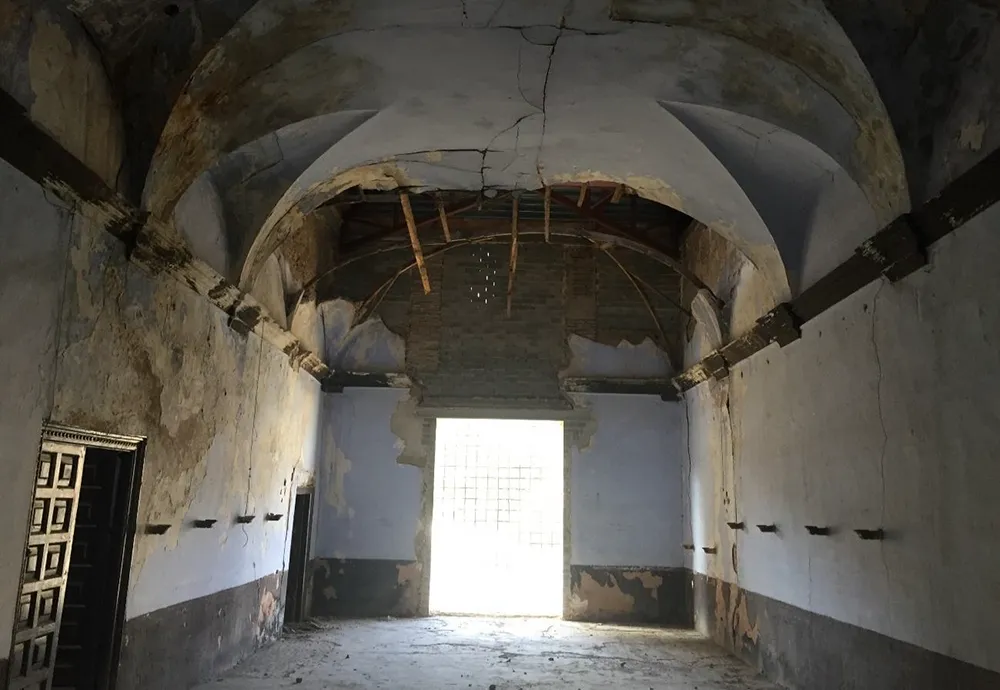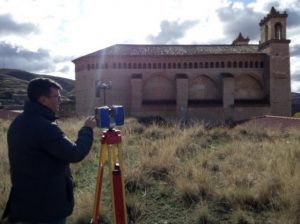
The project Mudejar civil architecture, study of new uses is a multidisciplinary initiative in which a process of data collection has been developed with two main objectives. On the one hand, to obtain current and technologically advanced material on the civil architecture of the Mudejar Territory that preserves Mudejar elements. On the other hand, to propose phase 0 of a monumental management project that will allow these buildings to be put to use, thus contributing to their sustainability, their social function and their incorporation into the life of the villages.
This research is part of one of Territorio Mudéjar’s lines of action, which is to design new uses for heritage spaces: technical visits, teaching specific subjects, internship grants or other types of local activities.
The research is an analytical study, based on the management of Mudejar heritage, in order to establish a real action plan that will become a driving force for the cultural development of the population and an integrating element. To this end, the starting point of the study has been the original state of the cultural assets themselves, their subsequent development and action plans have been drawn up for each of the cases analysed. Specifically, the heritage of Daroca, Ateca, Illueca, Borja and Saviñán has been studied.
During the study, a methodology has been used to recreate monuments in 3D through photogrammetry: images have been taken with cameras and volumetric recordings using drones. Furthermore, the proposed action plans have been designed following the business model using Osterwalder’s Canvas model to develop the idea and Porter’s forces model for the competitive strategy.
In addition, the objectives of the European project “Heritage Houses for Europe. Exchange and Innovate” project based on measuring the positive impact of the preservation of family-owned heritage houses in Europe, analysing innovative and replicable business models, creating tools to support managers for the sustainable preservation of family-owned heritage houses, raising awareness of the family-owned heritage house sector and issuing recommendations to EU institutions to unlock the potential of the sectors.
LINE OF RESEARCH: (3) Cultural Heritage Management.
THE AUTHORS:
- Ricardo Monreal Lafuente, art historian.
- Alba Finol, art historian.
- Daniel Finol, computer technician.



